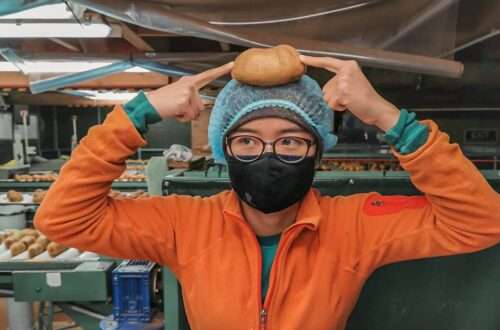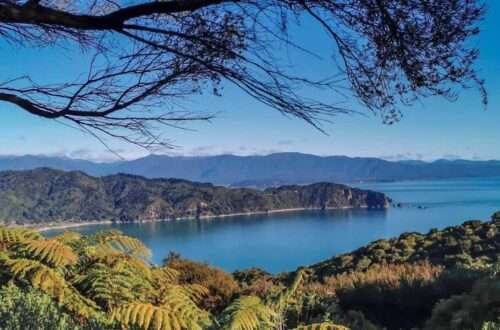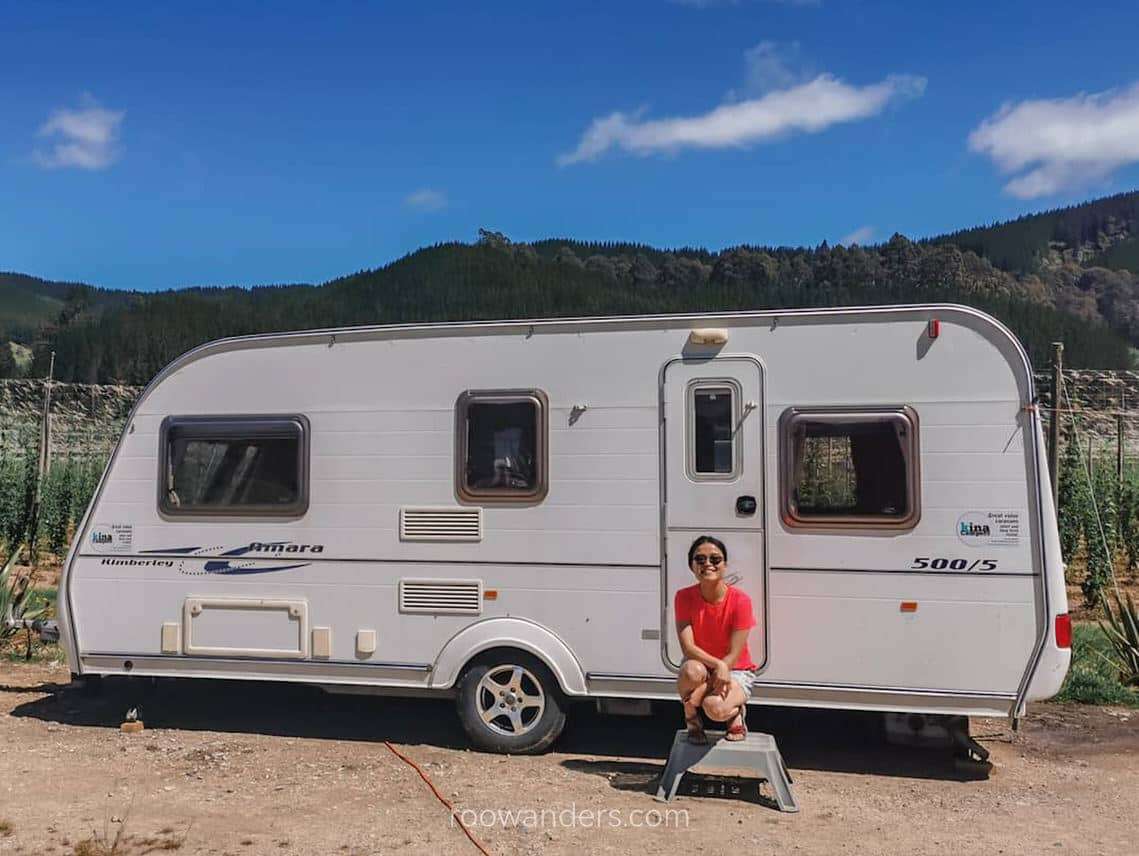
Caravan Life for Seven Weeks in New Zealand
Living in a mobile home was never on my bucket list.
It’s something unique to experience but not something I would pay big bucks to do.
But life likes to throw us unexpected challenges and presents along the way, such as working in a hops garden, bending and squatting over a hundred times daily to twist the delicate saplings. I questioned my existence on the job for my first week, but the pay was above the minimum wage and we had the opportunity to stay in the caravan by the gardens for seven weeks.
Caravan/ campervan life is so popularised nowadays, so here is a glimpse of what the seven weeks are like living in an immobile caravan parked by the gardens of hop plants in the countryside with a lousy reception but a beautiful milky way.
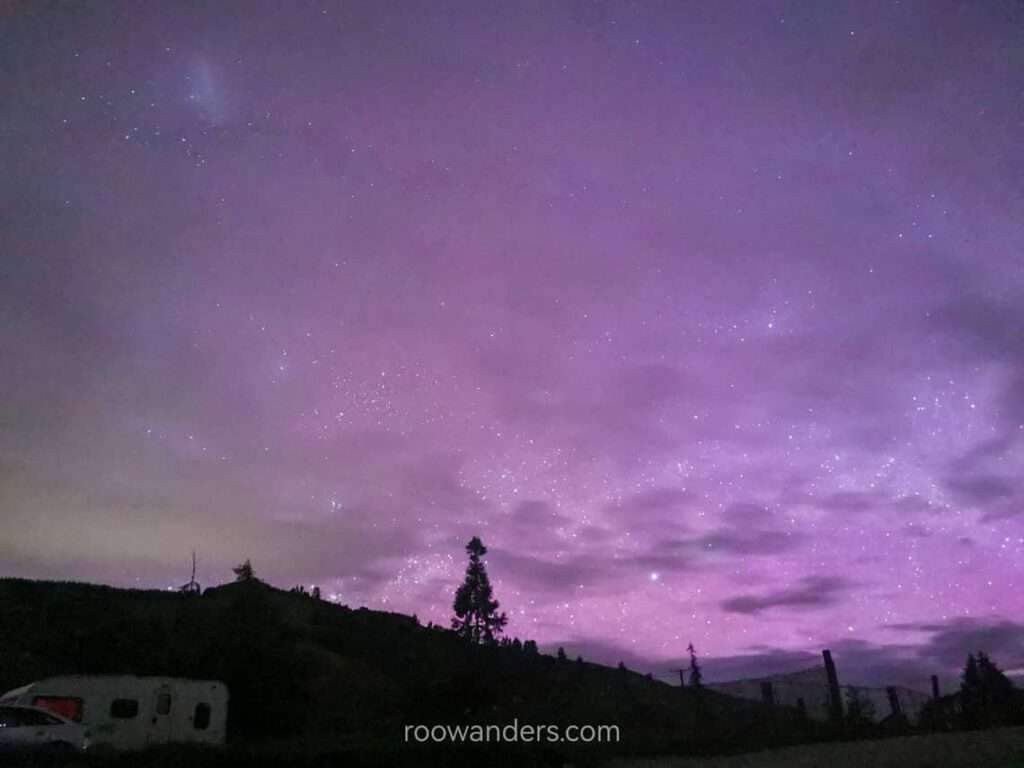
Backstory
Our work as calf rearers was about to end. Most calves had weaned, and our working hours had shortened dismally. It was back to job hunting.
A casual search on the various Facebook groups for those on the New Zealand Working Holiday brought us to this peculiar job posting peppered with intriguing photos of caravans, cows on mountains and hop plants.

‘Hop farm training job’… ‘Pay rate at NZD 21 + 8%’
NZD 21? That is higher than the minimum wage of NZD 18.9 in 2020.
The post garnered over a hundred responses and dozens of comments. People were understandably excited.
I pm-ed the author and waited forever. My partner contacted her separately on the social platform Line with much better success. A couple of girls gave up this golden opportunity at the last moment and we were the next in line.

Why The Caravan?
The hops orchard we worked for in Tapawera did not have permanent accommodation for its workers. It does not quite make sense for our boss to build houses and I will explain why.
Travel long enough in the countryside of New Zealand, and you will realise how sparse the farmlands are – a few houses scattered across the lands separated by acres of farm or orchards or rolling hills dotted with animals. You do not need that many workers all year round to tend the crops or animals.
Similarly, the hops orchard does not need that much manpower throughout the year. Additional workers come in during the training and harvesting of hops, which are two busy periods around spring and autumn.
Rather than investing lots of money in building houses and maintaining them, renting caravans from Nelson over those two periods works better. Why build permanent accommodation over arable lands occupied for a couple of months a year? At less than NZD 200 per week of long-term rental for the caravan, you could do away with all those problems.

Getting Used to Life in the Caravan
Twelve of us recruited to help in the training process were nicely divided across six caravans scattered around the harvest shed.
Life in a caravan teaches you to maximise the potential of a small space. You have to think of creative ways to coexist with someone else within a volume of 8 m x 2.5 m.
The lounge becomes the sleeping area at night. A lid over the sink provides additional space for meal preparation.
On my second stay in the caravan the following year (2021), we bought a mini projector and a white canvas for movie nights in the caravan.

The interior of the caravans was designed differently. Some of us had caravans with magnetic drawers and bigger overhead compartment spaces. Some of us had caravans with bigger shower rooms and brighter interior themes.
Storage
We designated a third of the caravan to carry our assets. All kinds of bottled sauces, dried food, flours, and cooking mixes lined the top shelf. Hardy vegetables, potatoes and trays of eggs took the middle ‘shelf’ while our bags lay over the seats underneath the edibles. On long bouts of rainy days or at night, we hung our laundry over elastic cords strategically strung across this part of the caravan.

Fridge
Our caravan had a small bar fridge with a tiny freezer that usually froze over. We bought food from Richmond to last for two weeks – freezing meats in a bigger shared freezer in the shed and stuffing fruits and vegetables into the tiny fridge, on top of the milk and cheeses and condiments that need more tender loving care.
Heating/ Ventilation
The small ventilator/ heater by the lounging area was temperamental. It could regulate the temperature in the caravan. And it could decide to stop working out of the blue and leave us shivering in the cold at night. Using the high-powered heater meant we could not use the electric kettle or hair dryer together. You do not want to leave the caravan and fix the power outage in the middle of a heavy downpour.
The skylight and vents keep the space cool and ventilated during humid middays.
Kitchen
Our caravan was small but versatile. The second third of the caravan contains the kitchen and the shower room.

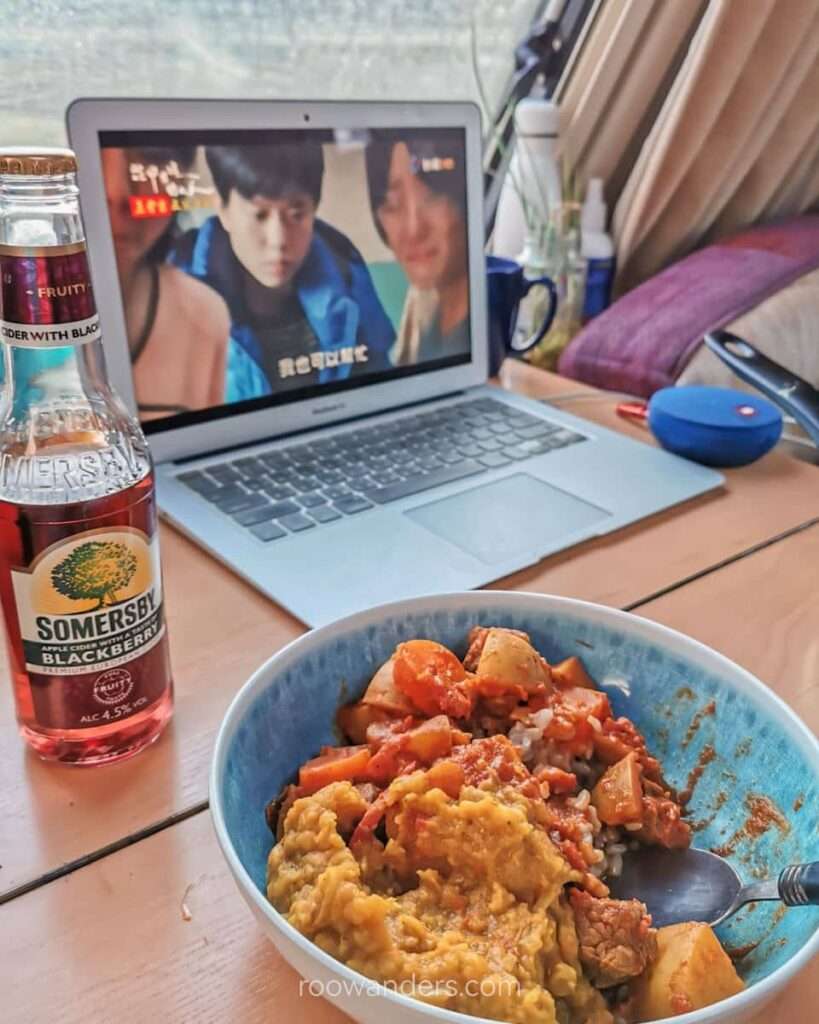

We seared steaks and made Chinese herbal soup on the stove, baked a whole marinated chicken in the oven, and added finishing touches to the crispy pork belly on the grill.
The stoves, oven and grill operate on gas connected to the tank fitted underneath a hood in the caravan.
Toilet/ Shower Room
Showering in this small compartment needs some getting used to. You will never feel quite clean under the depressing pressure from the shower head, which doubles as the facet.
Our boss installed portable toilets outside the caravans. But when it pours or the temperature outside is a nippy one dC, the toilet in the caravan helps. We emptied ours once a week into the portable toilet. The bluish portaloo liquid that came free in every caravan covers the stench from your handiwork and makes the loo smell better.


Sleeping/ Resting Corner
The remaining third of the caravan was the lounge where we sat, ate and slept. You could combine two small single beds into a double by pulling the extension from the bottom and fitting the back cushions from the seats.
An extendable table sits between the seats.
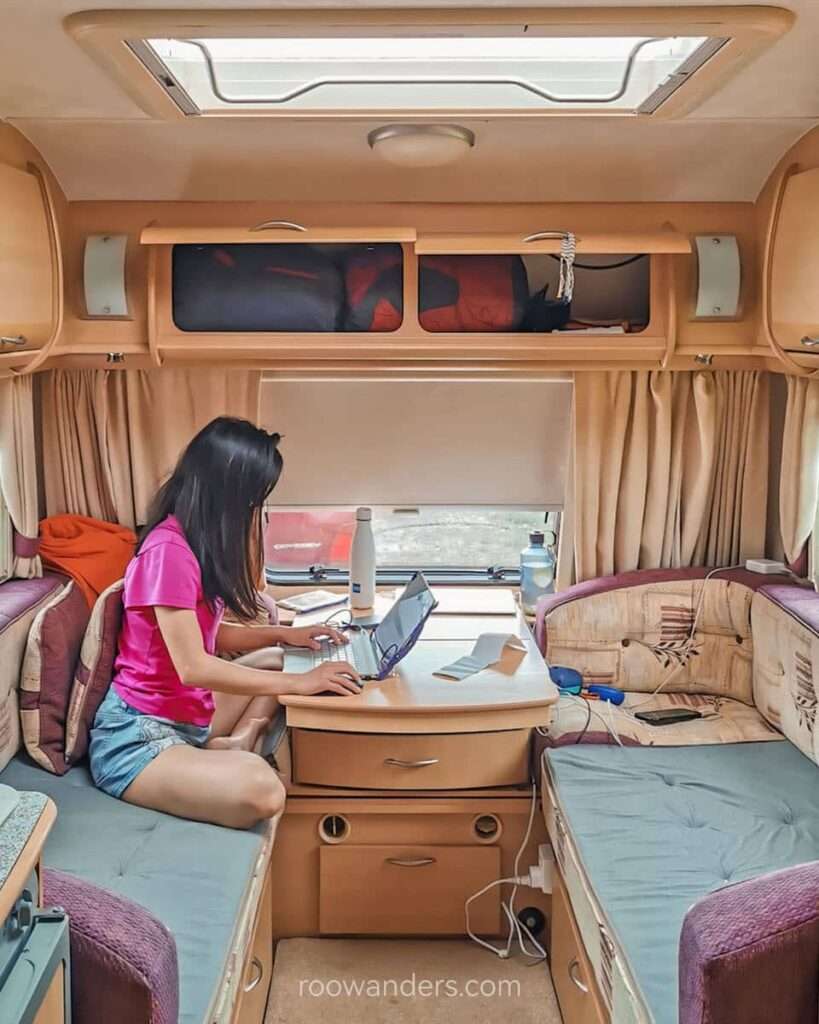

Cons of Living in the Caravan
Living in a caravan is fun but comes with challenges and annoyance.
One main gripe I had with life in the caravan was the water we could use.
No running water connects to our caravan. Instead, a pipe draws water from a 40 L tank that needs refuelling whenever it runs low. Two quick showers often drain the full tank empty. I guess that helps to conserve water and makes you plan your water usage.

Forget about flushing the toilet. Life in the caravan requires you to get used to the chemical loo. Portaloos provided were professionally cleaned once a week.
The orchard provided two washing machines in a shed. We dry our clothes over strings tied between the caravans or in the caravan when the weather turns bad.

Reflection
Living in the caravan for seven weeks made me reflect on the things I need and want in life.
Life can be simple.
There is no need for three bedrooms, fancy furniture and an atas kitchen. You can survive just nicely with the basics as long as you have the right mentality. A bed to rest, a functioning kitchen to prep your meals and a clean shower room with running water are the basics. Saves a lot of money too.
The small space promotes the Marie Kondo lifestyle as there is not enough space for unnecessary items. Small space also means less place to clean!





